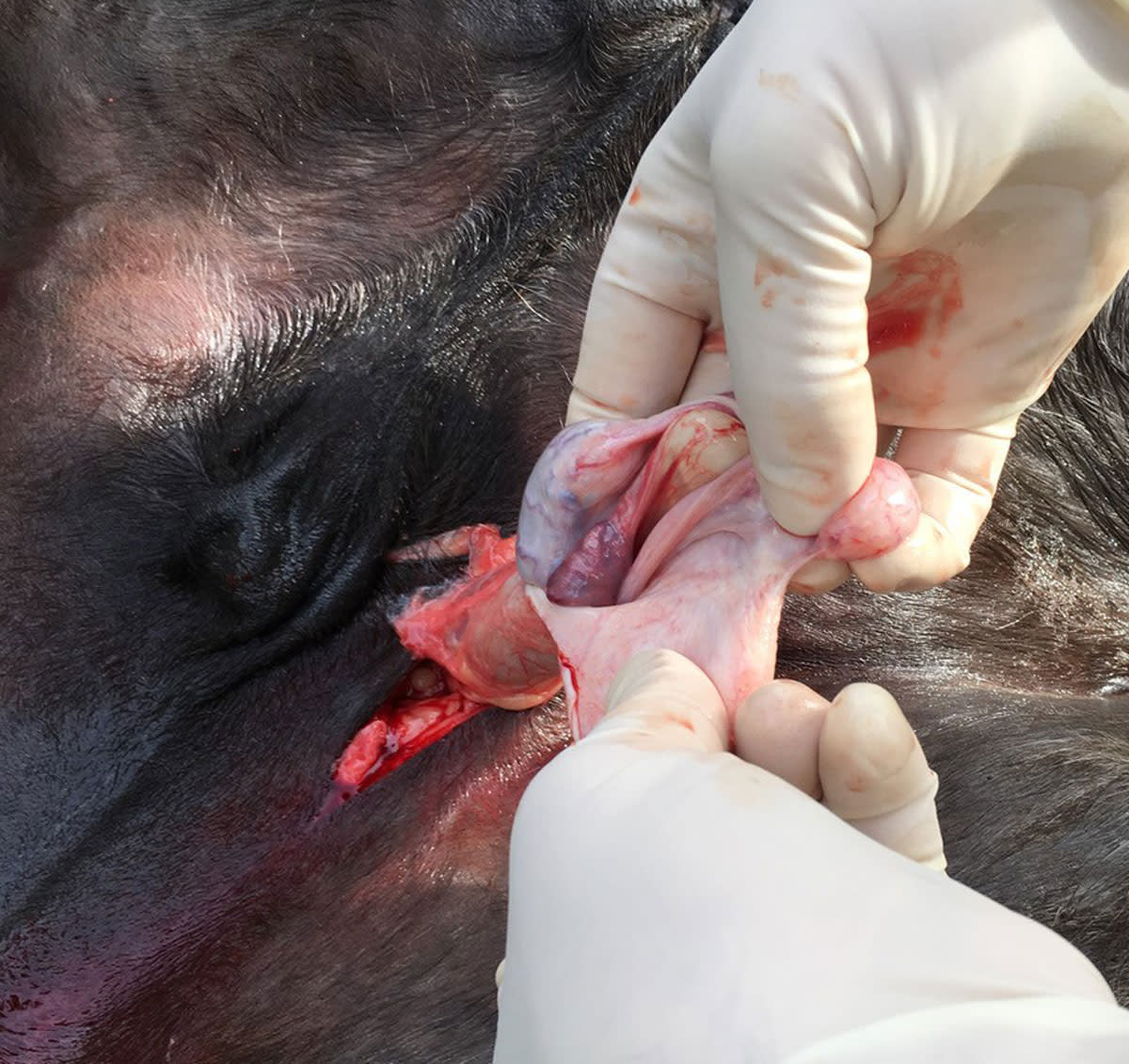
Pain has a significant impact on animal welfare and analgesia is considered to be imperative in helping to alleviate it. In the first of a series of guidelines produced for primary care vets the British Equine Veterinary Association (BEVA) has summarized current recommendations on the safe use of analgesia in horses. The guidelines have been published in the January issue of the Equine Veterinary Journal (EVJ) and can be downloaded here: https://beva.onlinelibrary.wiley.com/doi/10.1111/evj.13198.
Clinical guidelines are standard practice in human medicine and have been shown to influence clinical decision making in clinical settings. BEVA is following suit with this series of guidelines for clinical practice, aimed at equine primary care in an ambulatory setting.
BEVA primary care clinical guidelines: Analgesia, produced by a panel combining clinicians and analgesia researchers, is the first to be published. It summarizes current underpinning evidence and combines it with expert opinion on impacts of outcomes and adverse effects, to provide best practice recommendations on the use of analgesics for common scenarios.
Key recommendations in the guidelines include:
- Horses undergoing routine castration should receive intratesticular local anaesthesia irrespective of methods adopted, and horses should receive NSAIDs prior to surgery. Butorphanol and buprenorphine should not be considered appropriate as sole analgesics for such procedures, and analgesia should be continued for three days following castration.
- For hoof pain/laminitis, phenylbutazone provided superior analgesia to meloxicam and firocoxib but enhanced efficacy has not been demonstrated for joint pain.
- In horses with colic, flunixin and firocoxib are considered to provide more effective analgesia than meloxicam or phenylbutazone.
- A single, properly validated composite pain score for horses should be developed, to allow accurate comparisons between medications in a robust manner.
“Given the risk of adverse events of all classes of analgesic, these agents should be used only under the control of a veterinary surgeon,” emphasized Professor Mark Bowen, lead author of the guidelines. “The horse must have been fully evaluated and the vet must have devised a therapeutic, analgesic plan that includes ongoing monitoring for such adverse events such as the development of right dorsal colitis with all classes of NSAID and spontaneous locomotor activity and potentially ileus with opiates.”
Professor Celia Marr, Editor of the EVJ said: “The BEVA primary care clinical guidelines provide up-to-date clarity on the fundamental aspects of equine pain management for the clinician and are essential reading for all those in first opinion ambulatory roles.”
The guidelines can be downloaded here https://beva.onlinelibrary.wiley.com/doi/10.1111/evj.13198.
About EVJ
The Equine Veterinary Journal (EVJ) (http://onlinelibrary.wiley.com/journal/10.1001/%28ISSN%292042-3306) is an unrivaled international equine veterinary science journal owned by the British Equine Veterinary Association http://www.beva.org.uk/home. The journal strives to publish clinically orientated research and was first published in 1968. It now appears bi-monthly with around 128 pages per issue.








